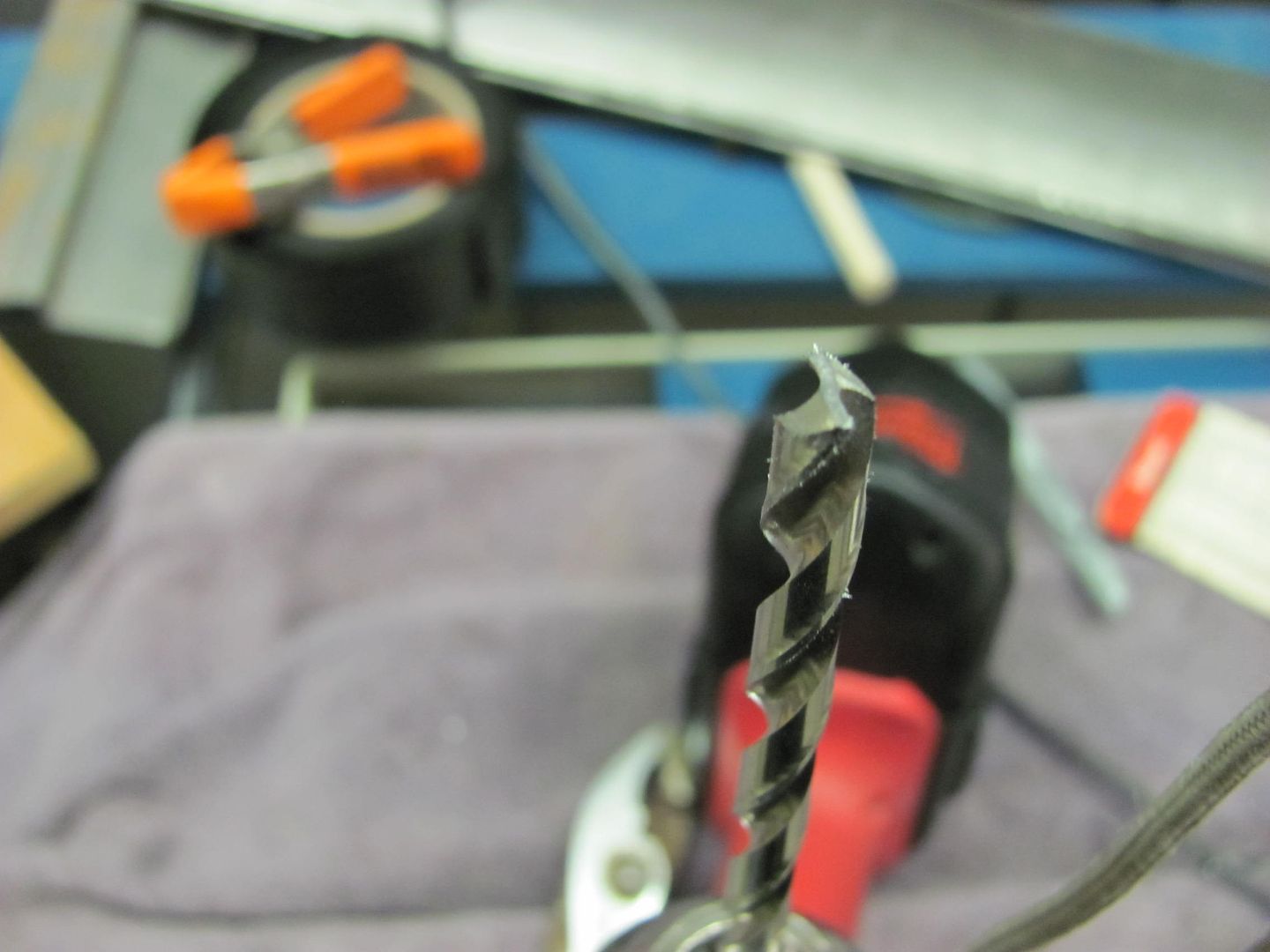H
Hugh Hefner
I suppose this is an age old question.
I am doing some work to my old truck cab.Daily driver,but I am trying to bring it up to as close to like-new state as practical,so I won't have to lay out $40K for a new truck(yeah...like I have that).
So,I have to replace some cab corners and floor,customizing firewall,and more,once I get into it..What do you folks recommend as far as priming,sealing and rust protecting during the fabrication process?For example,when the cab corners are cut off and accessible,what to do in the body cavities while I have access?And what about prep and priming surrounding areas as I go?I'll probably be working on this in 2-3 hour spurts in the evening,so setting up the gun spring a bit of epoxy,cleaning the gun,etc.can really stall progress.How do you guys handle that.Anyone using weld-thru primers?Anyone using panel adhesives?Are you guys completely welding seams(no matter how long) or stitching and seam sealing?
Thank you for the help,
I am doing some work to my old truck cab.Daily driver,but I am trying to bring it up to as close to like-new state as practical,so I won't have to lay out $40K for a new truck(yeah...like I have that).
So,I have to replace some cab corners and floor,customizing firewall,and more,once I get into it..What do you folks recommend as far as priming,sealing and rust protecting during the fabrication process?For example,when the cab corners are cut off and accessible,what to do in the body cavities while I have access?And what about prep and priming surrounding areas as I go?I'll probably be working on this in 2-3 hour spurts in the evening,so setting up the gun spring a bit of epoxy,cleaning the gun,etc.can really stall progress.How do you guys handle that.Anyone using weld-thru primers?Anyone using panel adhesives?Are you guys completely welding seams(no matter how long) or stitching and seam sealing?
Thank you for the help,

